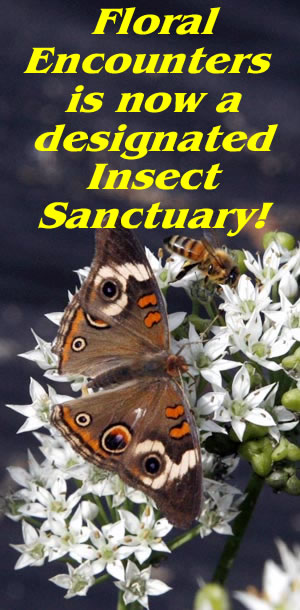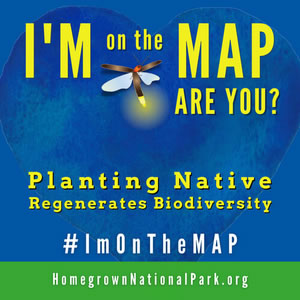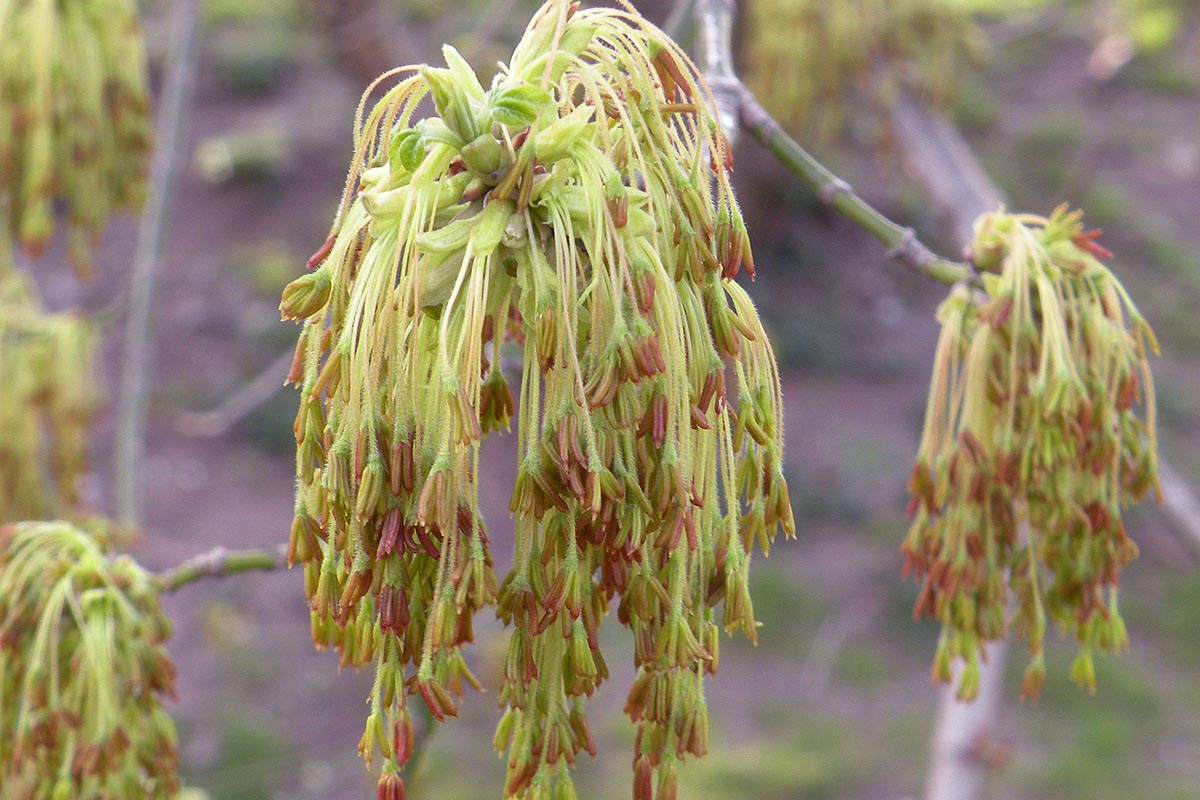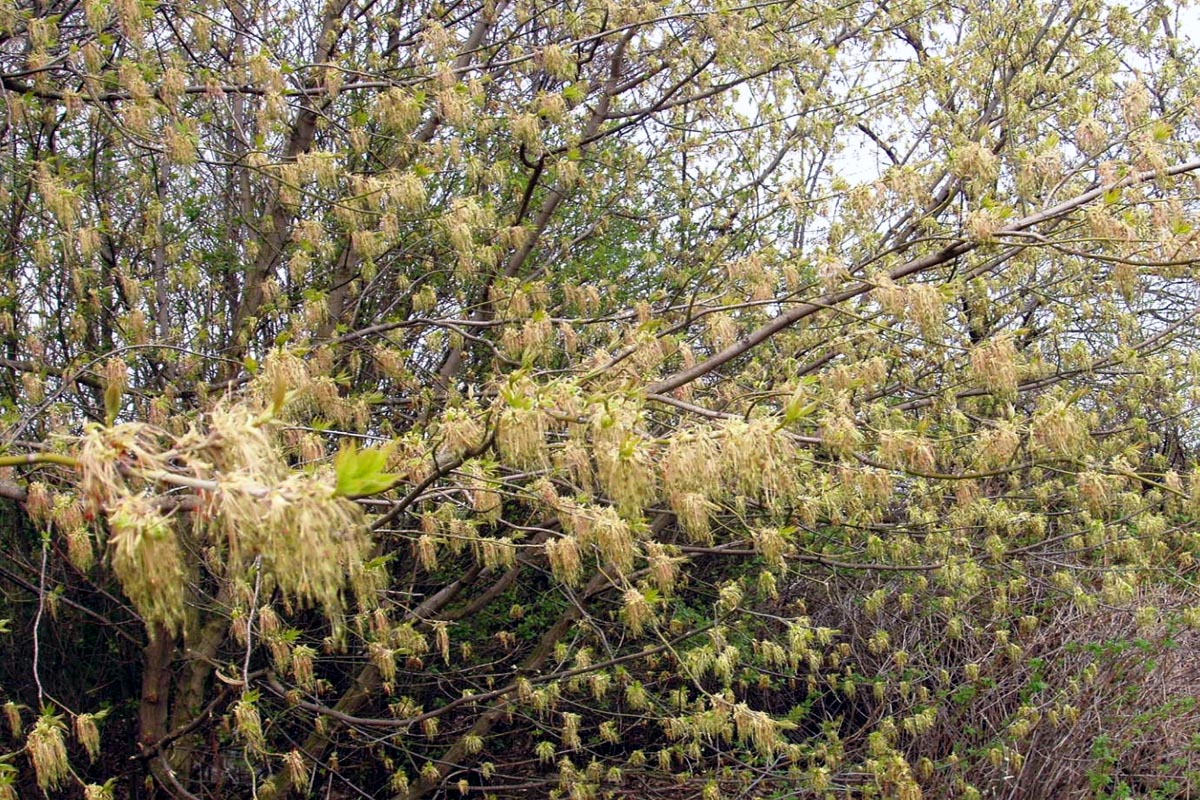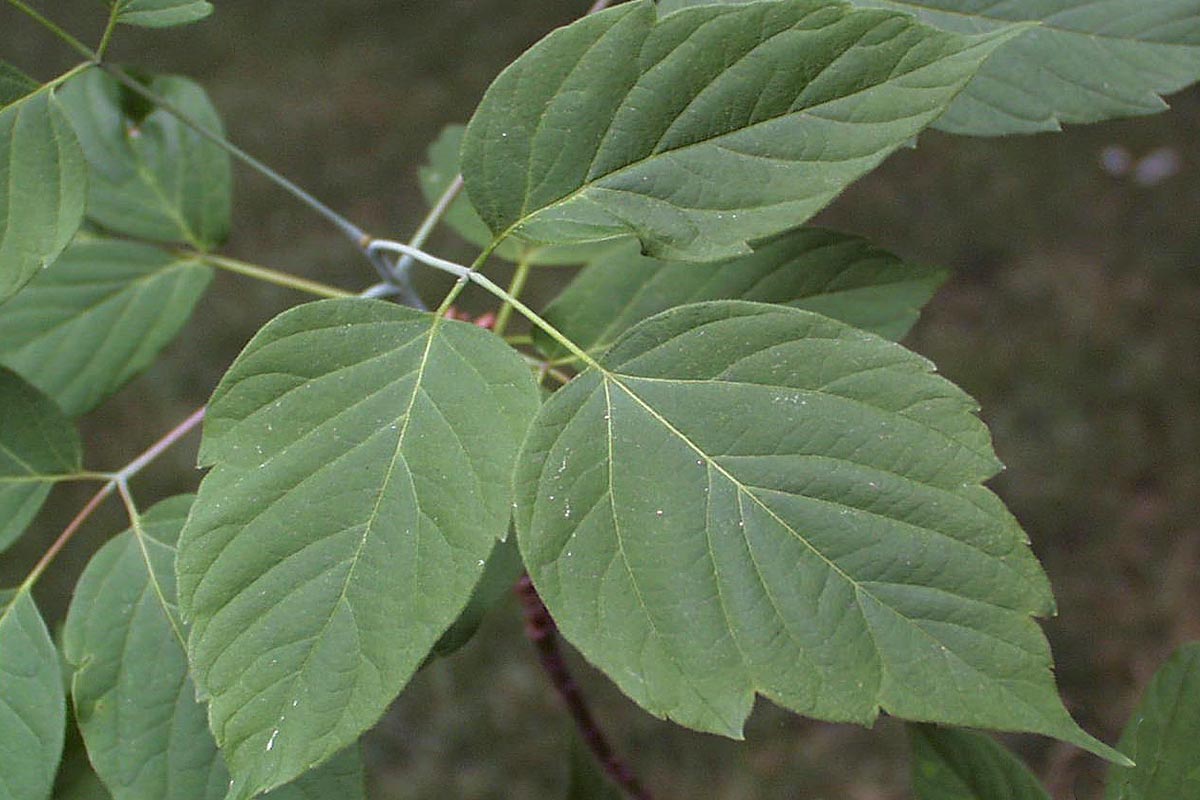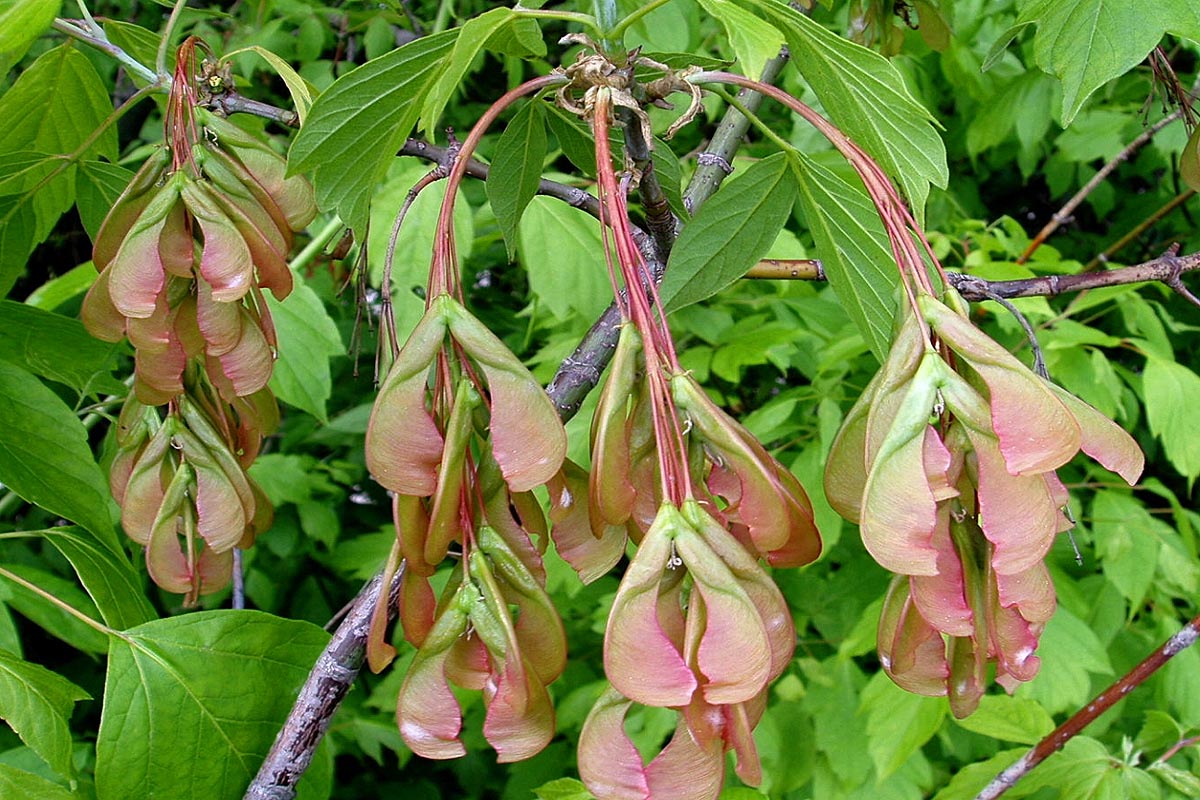Box Elder is an unusual Native American maple tree. It is extremely hardy from zone 1 down to zone 12!. It has been found growing in Northern Canada right down to Honduras (Central America) so it can endure extreme cold and hardy conditions. It is also very long lived with a common lifespan of about 75 years but up to 100 in favorable conditions. It can grow to 50 feet (15.6m) with either a single or multiple trunks. Box elder also has compound leaves rather than the normal 'maple' shaped leaf and when its small can be confused with poison ivy. There are also male and female trees with males having beautiful tassel flowers and females elegant hanging seeds. Does prefer wetter conditions than some trees, in the wild its found near streams and lake edges but not in wetlands and swamps. Woodland edges with some shade from full sun and this tree is happy and easy to care for. Does need some stratification before it will germinate but not too difficult to grow.
Another feature is that there are male and female trees each bearing their own flowers and seeds are only found on the female trees. This is a special feature of the trees where both the male and females have their own 'showy time' The female flowers are fairly insignificant and are not normally even noticed. The males however have long flowing drooping racemes 4-8 inches (10-20cm) long that are often present in such numbers that the tree is covered in the yellow/gold tassels just before the leaves appear and can be very showy. The females glory arrives when the seeds form. These appear in winged pairs but are borne in drooping clusters like hanging Christmas decorations that change from green to a very attractive red/green and finally brown. Seeds are held on the tree all winter long and only fall when spring arrives giving more winter interest and a feast for squirrels.
Where you are located will have some bearing on how you germinate seeds. If you are below zone 7a we recommend using artificial stratification using your refridgerator as the winters many not be cold enough to break dormancy on the seeds. Even above this zone we now strongly suggest using a refridgerator as winters are now often becoming warmer and dont stay cold enough to break dormancy. Above zone 4 you should be fine to plant direct.
Seeds need at least 90 days of moist cold before they will germinate. We keep all our seeds cold but not moist so part of the process is completed for you. You will need to add some moist sand or fine seeding mix to achieve the moist stratification process. See instructions document for more details. This will also be included with any orders.
After the required period remove seeds and sow in small individual pots. Sow around 3/8 inch (8mm) deep in good seeding mix combined with a little sand. Keep pots moist place in a cool area in semi shade. Place outside as soon as possible in a shaded area. Do not put in full sunshine. In warmer zones full shade is recommended at this stage. Keep pots moist but not wet until seedlings sprout.
Do not discard any pots that dont germinate, be patient often seeds take a long time to decide conditions are right for them. We recommend holding un-germinated pots over until the second spring to ensure all seedlings can germinate. Place pots in cold outbuilding wrapped in plastic to ensure they dont dry out during the second winter. Just remember they are there come springtime.
Once your seedlings are growing they will need to be transplanted to large pots. Take care not to disturb the roots. Roots can grow deep so having a tall/long pot provides the best option for root growth. While you can purchase tree pots which are long for only a few trees its easier to use cardboard milk or juice containers. They are tall enough and economic just remember to punch holes in the bottom to allow for drainage.
Once the tree is large enough to plant outside usually around 6-8 inches (15-20cm) the pot can be carefully cut away to ensure that the roots are not damaged or disturbed. This gives the new tree the best chance after transplanting.
Location is going to depend on your zone. In cool zones about 6a full sun can be tolerated. Zones 6b -7b woodland edges, north sides of structures and other semi shaded areas are ideal. Trees can take some sunshine but not full sun. In zones below 7b more shade is require and the further south you are the more shade will be needed in deep south this is going to act more like an understory tree. It wont grow as tall but it will fill in lower areas nicely.
As already stated it will need a source of water. This tree is not drought tolerant so close to a ditch, rain garden, stream, lake or other body of water is best.
If planted in the right location this tree will grow well and need little or no care.
An ideal summer shade tree in colder zones where deciduous shade trees are not easy to grow. Has been used as far north in the US as North Dakota and as far as Yellowknife Canada.
Squirrels love the seeds as do other rodents if the fall to the ground. Insects that collect and eat pollen are attracted to male flowers which are prolific producers.
Trees are fairly fast growing so wood is weaker than slower growing trees and can be more brittle.
Today a few herbalists use a homoeopathic tincture for managing chronic piles and constipation.
Dont Grow Box Elder (Acer negundo) Near Horses
The seeds of box elder contain a substance known as hypoglycin-A which has been identified as a major risk factor for, and possibly the cause of, a disease in horses, seasonal pasture myopathy (SPM). SPM is an equine neurological disease which occurs seasonally in certain areas of North America and Europe, with symptoms including stiffness, difficulty walking or standing, dark urine and eventually breathing rapidly and becoming recumbent. Ingestion of sufficient quantities of box elder seeds or other parts of the plant results in breakdown of respiratory, postural, and cardiac muscles.


